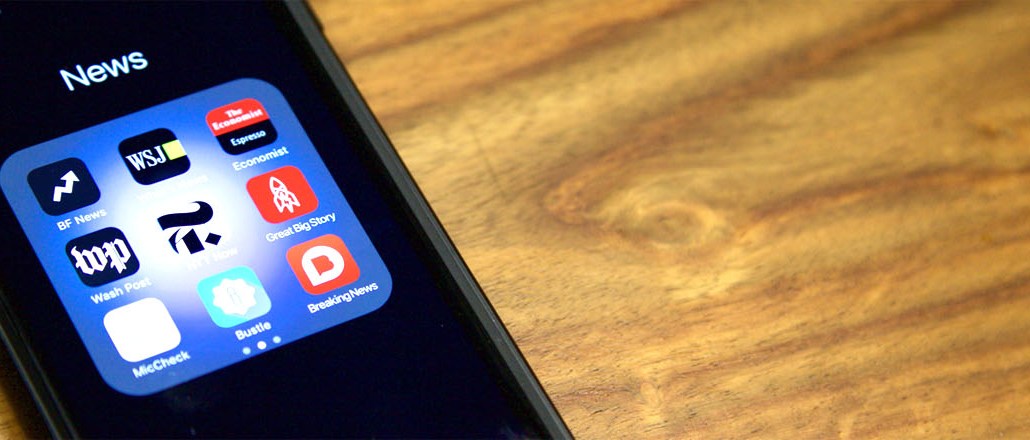
As publishers rekindle their love affair with apps, the challenge has become twofold: getting people to download them in the first place and then keeping them loyal.
Organizations like the Wall Street Journal and Trinity Mirror are using push notifications for breaking news. The New York Times has an 11-person team dedicated to them. The battle for lock-screen real estate is blazing hot. Which makes Lad Bible’s approach seem relatively reserved.
“Ninety-nine out of 100 times, we wouldn’t deploy a notification,” said Mimi Turner, marketing director from dude-centric site Lad Bible. Turner works with mobile messaging platform OtherLevels to fine-tune its approach.
“The two drop-off points for people opting out of notifications are when they asked to turn them on — or when they are over-spammed,” said Lance Standing, EMEA general manager at OtherLevels.
Obvious as this may sound, a surprising number of apps ask you straight away after installing whether you would like to receive a push notification, yes or no.
“In our experience if you click ‘no’ to that, the chances of getting readers to opt-in later is almost non-existent,” said Standing. Instead, he recommends a soft opt-in, which comes up a couple of days after the app install, with the text more customized, like “we’d love to keep you updated with events that are going on nearby.”
Once people have signed up, less is still more (the opt-in rate for publishers hovers around 35 percent, according to OtherLevels but varies by industry). Lad Bible’s own less-is-more entertainment news app launched in December. Since then, it has been using OtherLevels for its notifications technology and analytics.
“Our tone is core to people’s experience of our brand,” said Turner. “We’re interested in how we’re taking that tone to another physical space.” Cadence and vocabulary are important, so Lad Bible’s social team develops the notifications with OtherLevels.
Rather than set any kind of daily number on how many notifications are sent out, Turner said, “it all depends on the event. So I don’t want to give anything fixed because next month it could be twice or half.” Lad Bible currently only sends out a few a week, around 80 percent of which are related to entertainment news (such as Alan Rickman’s death or Will Smith’s latest film), and 20 percent more joke-led (“We’ve not seen you for a short while. Have you got side app or something?”).
While it couldn’t share any numbers this early on, Lad Bible has seen in-app traffic go up from using notifications, with people going on to read multiple articles and then sharing them on Twitter.
Measurement is a thorny issue, a push notification can do its job sufficiently well by just, well, notifying and not requiring any further action, like clicking through to the app. OtherLevels uses a six-month testing period with control groups who have opted into push notifications and with those who haven’t.
“It’s not necessarily about whether people open the push notification; that’s not true value. It’s what they go on to do,” said Standing. “We can measure the direct attribution from the notification, whether they go on to read other articles, or book a hotel, or share something on Twitter.”
Meanwhile, Lad Bible is still fine-tuning things on its end.
“We’re in unchartered territory which gives us some level of control,” conceded Turner. “We can test around the message text, see if there’s an optimum number, whether there’s a time of day to send. How do we communicate with someone who has only recently downloaded the app or with someone who has been using the app for some time, for instance? There’s a whole set of things to learn, and we’re not going to do all of those things in week one.”
More in Media

Digiday+ Research: Publishers’ growing focus on video doesn’t translate to social platforms
Major publishers have made recent investments in vertical video, but that shift is not carrying over to social media platforms.

Technology x humanity: A conversation with Dayforce’s Amy Capellanti-Wolf
Capellanti-Wolf shared insight on everything from navigating AI adoption and combating burnout to rethinking talent strategies.

How The Arena Group is rewriting its commercial playbook for the zero-click era
The company is testing AI-powered content recommendation models to keep readers moving through its network of sites and, in doing so, bump up revenue per session – its core performance metric.





